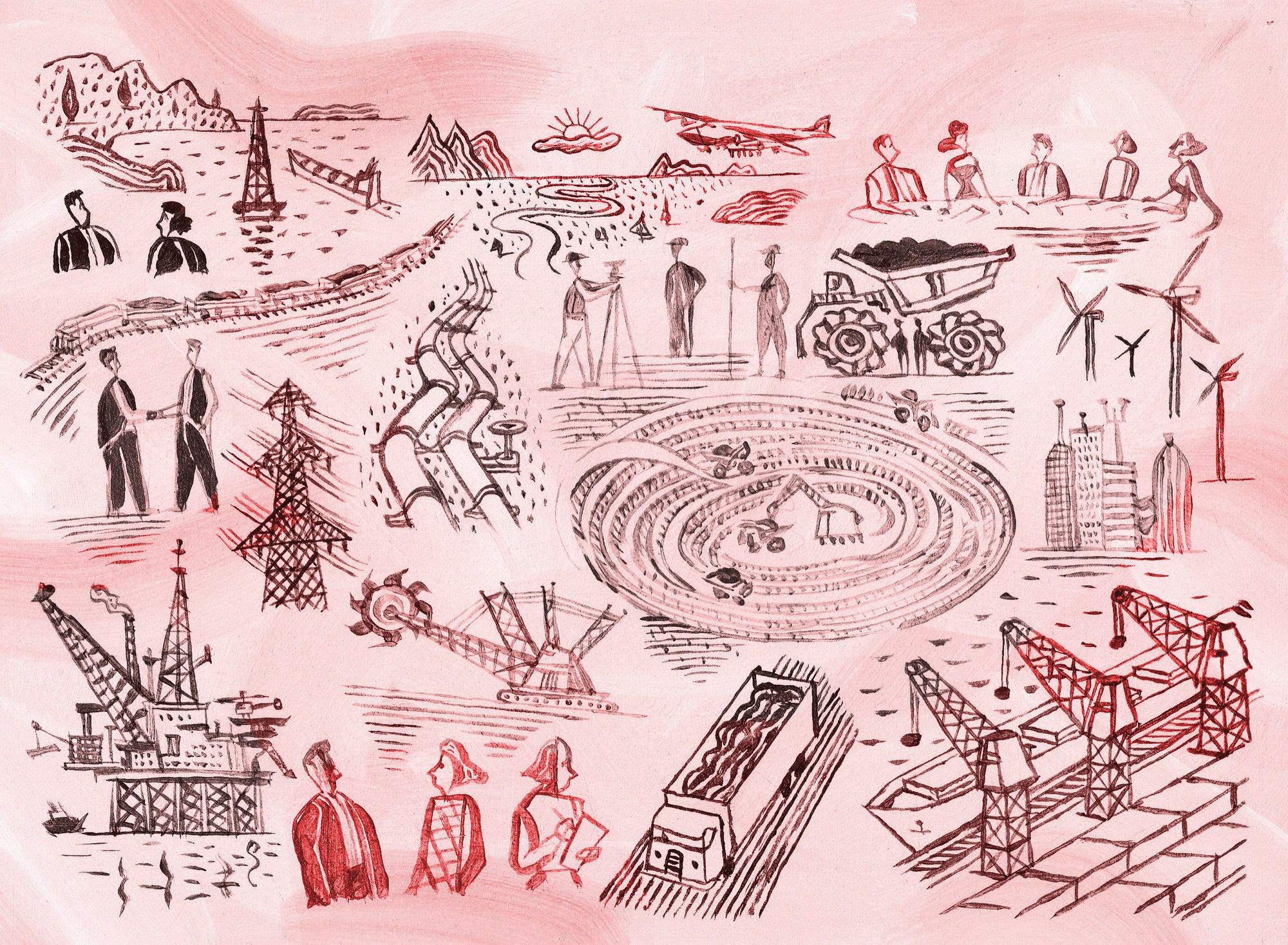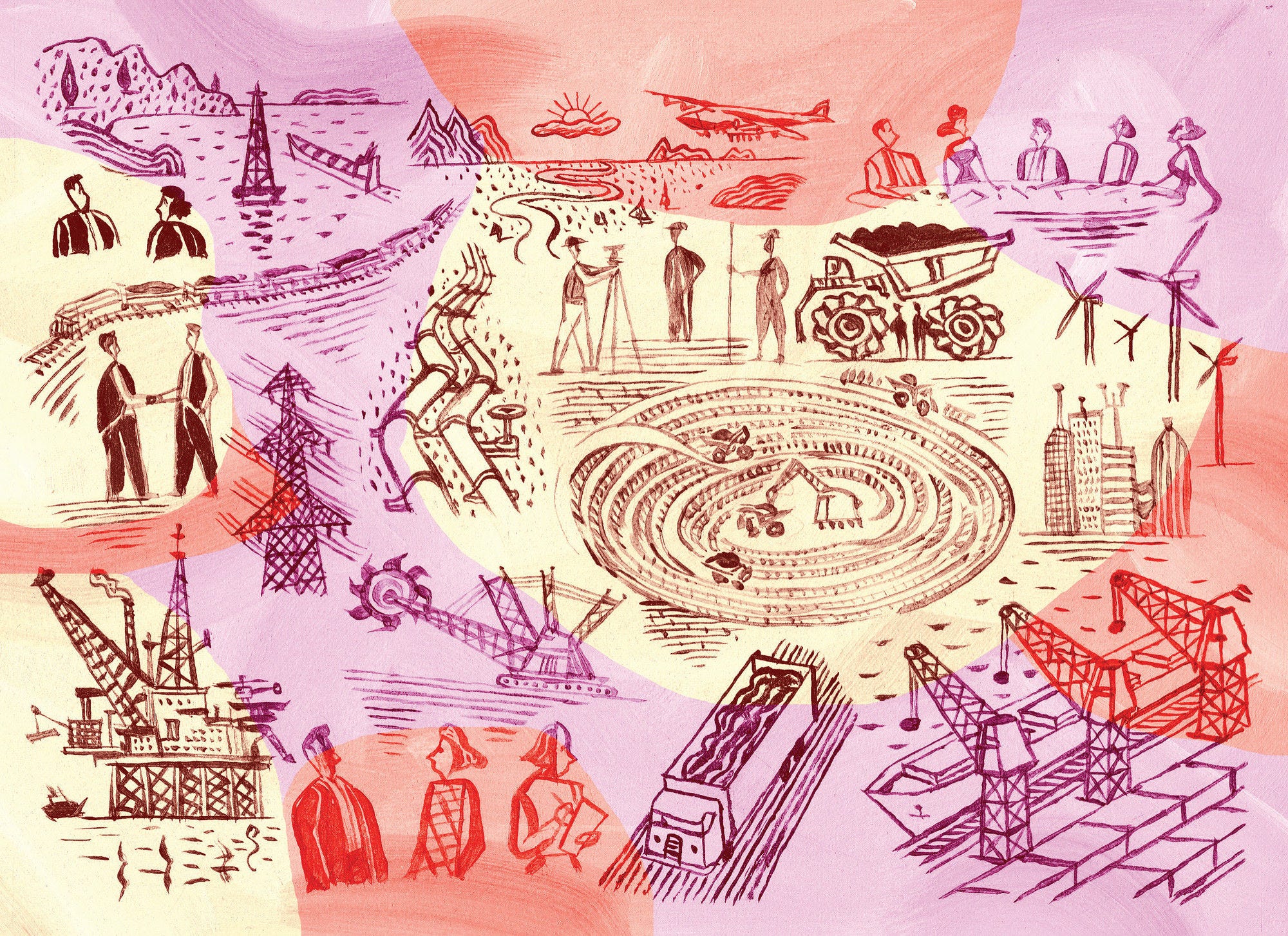In line with OECD trends, non-metropolitan regions in Scotland and the United Kingdom are losing their population shares and are ageing faster as compared to metropolitan regions. However, within different types of non-metropolitan areas, Scotland is unique. The share of the population in accessible rural areas grew by 0.84 percentage points from 10.56% of the total population in 2010 to 11.40% of the total population in 2020, against a decline in remote rural areas (-0.18 percentage points). Scotland, with an already larger share of older working-age individuals as compared to the OECD average, is continuing to experience ageing pressures in non-metropolitan regions. Between 2010 and 2020, Scotland observed a 1 percentage point increase in the share of older working-age individuals, 50 to 64 years old (22% in 2020 as compared to 21% in 2010), and a 1 percentage point decrease in the share of younger working-age individuals between 15 and 29 years (16% in 2020 as compared to 17% in 2010). In comparison, on average in the OECD over the same period, there was a 2.9 percentage point increase in the share of older working-age individuals (16.2% in 2010 to 19.13% in 2020) and a 0.2 percentage point decrease in younger working-age individuals (18.7% in 2010 to 18.5% in 2020).
These demographic trends have important implications for policies and programmes focused on innovation and well-being. Without specific consideration for rural demographics, policies risk missing out on intergenerational opportunities for community-building and economic growth. Policies to reinforce access to a skilled labour force for innovation need to take into consideration an older average age of workers in rural areas and the silver economy and focus on building partnerships with public entities to deliver entrepreneurial skills training from an early age (for example, secondary school). In rural areas, delivery of skills or training should prioritise models that focus on high-quality distributed learning, such as those administered by the University of the Highlands and Islands system, or incentives for employers and public entities to deliver aggregated skills training models in low-density areas.
Importantly, Scotland has made substantial progress in promoting the inclusion of women in the labour force. In Scotland, women are as engaged in the rural labour force as men, outperforming the gender equality ratio in the United Kingdom and the OECD average. However, the rate of women’s entrepreneurship is still lagging behind the rate of men. Indeed, programmes and practices for encouraging entrepreneurship may not be well suited for the challenges women face in establishing firms and retaining work-life balance, and further research should be undertaken to better understand women’s risk-taking behaviours, challenges in upscaling and strategies for networking. In addition, in rural areas, with limited access to social support and government services for family and healthcare, social innovators are a particularly important recourse to encouraging women to remain active in the labour market and further encouraging more female entrepreneurship.














